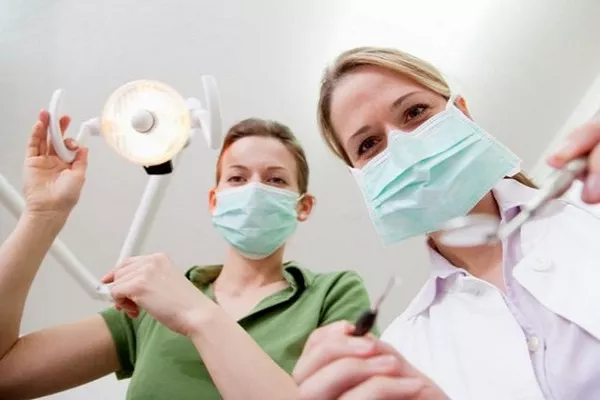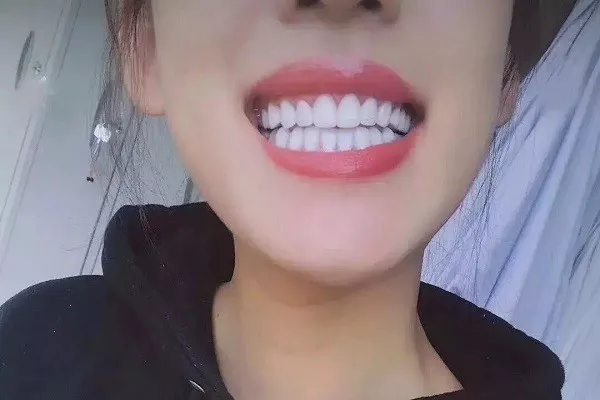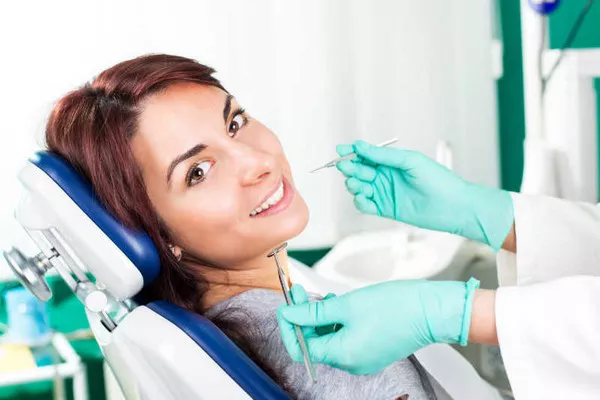Getting a filling is a common dental procedure that many people have experienced. After receiving a filling, it’s important to take good care of your teeth to prevent further decay and ensure the longevity of your dental work. One key aspect of this care is proper brushing techniques. In this article, we’ll discuss what brushing your teeth after a filling entails, why it’s important, and how to do it effectively.
What Does Brushing Your Teeth After a Filling Involve?
Brushing your teeth after a filling involves some specific steps that differ from regular brushing. These steps are necessary because fillings can be sensitive, and improper brushing can cause discomfort or even damage to the filling. Here’s what you need to know about brushing your teeth after a filling:
- Wait Until Numbness Subsides
After receiving a filling, your mouth may still be numb from the anesthesia. It’s important to wait until the numbness subsides before brushing your teeth. This will help you avoid accidentally biting your cheek or tongue while brushing.
- Use a Soft-Bristled Toothbrush
After waiting for the numbness to subside, use a soft-bristled toothbrush to brush your teeth. This will help prevent any damage to the filling or surrounding teeth. Hard-bristled toothbrushes can be too abrasive and cause sensitivity or pain.
- Brush Gently
When brushing your teeth after a filling, be gentle. Use light pressure and circular motions, rather than vigorous scrubbing. This will help prevent irritation to the filling and surrounding tissue.
- Pay Attention to the Filling
When brushing around the filling, pay extra attention to ensure that it stays clean. Plaque buildup around the filling can lead to decay and further dental work. Use a gentle touch to clean the filling and the surrounding teeth.
Why Is Brushing Your Teeth After a Filling Important?
Brushing your teeth after a filling is important for several reasons. Here are some of the main benefits:
- Prevents Further Decay
Fillings are often used to treat cavities caused by decay. Brushing your teeth after a filling helps prevent further decay by removing plaque and food particles that can lead to more cavities.
- Promotes Healing
Proper brushing techniques after a filling help promote healing and reduce sensitivity. When the filling is clean, it can heal properly and any discomfort or pain will subside.
- Maintains Dental Hygiene
Maintaining good dental hygiene is essential for overall health. Brushing your teeth after a filling is an important part of this routine, helping to keep your teeth and gums healthy.
How to Brush Your Teeth After a Filling Effectively?
Now that you know why brushing your teeth after a filling is important and what it involves, let’s discuss how to do it effectively. Here are some tips for proper brushing after a filling:
- Brush Twice a Day
Brush your teeth at least twice a day, preferably after every meal. This will help remove any food particles that may be stuck around the filling.
- Use a Fluoride Toothpaste
Use a fluoride toothpaste when brushing your teeth after a filling. Fluoride helps strengthen the enamel and prevent decay.
- Floss Regularly
In addition to brushing, floss regularly to remove food particles and plaque buildup between your teeth. This will help keep your entire mouth healthy, not just the areas with fillings.
- Visit Your Dentist Regularly
Finally, visit your dentist regularly for check-ups and cleanings. Your dentist can monitor the health of your fillings and provide any necessary maintenance or repairs.
Conclusion: Brushing your teeth after a filling is an important aspect of maintaining good dental hygiene and promoting proper healing. By using gentle techniques, paying careful attention to the filling, and following a regular oral care routine, you can keep your teeth and gums healthy for years to come. Remember to visit your dentist regularly to ensure the longevity of your dental work and overall oral health.
Related Topics:
































